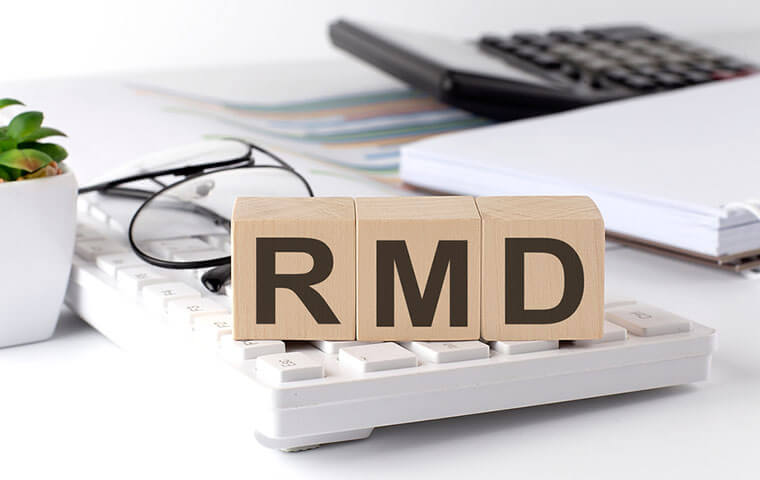 If you are of such an age that you must take RMDs, but fail to do so, the TSP will calculate your RMD and send you the amount you were required to take prior to the end of the calendar year. Image: Drozd Irina/Shutterstock.com
By: John Grobe
If you are of such an age that you must take RMDs, but fail to do so, the TSP will calculate your RMD and send you the amount you were required to take prior to the end of the calendar year. Image: Drozd Irina/Shutterstock.com
By: John GrobeWhen one thinks of finances and the month of April, the first date that pops into mind is April 15th, the day federal income taxes are due (unless you request an extension). Did you know that Tax Day was originally March 15th until 1954, when it was changed to the current April 15th?
There is another April day that is important to a small subset of taxpayers – April 1. April 1 of the year after the year when someone who was born before 1961 is the “required beginning date” for required minimum distributions (RBD for RMDs). If one does not take their first RMD by April 1, they are subject to a 25% penalty. So, if you were required to take a $10,000 RMD, your penalty would be $2,500. The penalty can be reduced to 10% if you take the RMD within a reasonable period of time.
For all subsequent years, RMDs must be taken by December 31st.
The Thrift Savings Plan shields all participants from missed RMDs. If you are of such an age that you must take RMDs, but fail to do so, the TSP will calculate your RMD and send you the amount you were required to take prior to the end of the calendar year. Where you might run into a problem is with a non-TSP account, such as an Individual Retirement Arrangement (IRA). It’s likely that the IRA custodian will know how much you must take as an RMD, but they won’t automatically send it to you like the TSP does.
If you have an outside IRA and you are old enough for RMDs, you should contact the IRA’s custodian to determine how much you need to take out, and then take it out before April 1st (first RMD) or December 31st (subsequent RMDs). Don’t wait until the end of the year because there is generally a “year-end rush” of people who have delayed their RMDs until the last moment. It is not unusual for a custodian to have a cut-off date that is earlier than April 1st or December 31st, so check in with them earlier.
What do you do if you miss a required minimum distribution? Take it as soon as possible! Find out from the IRA custodian how much you need to take or, if you need to, figure it out yourself. You calculate your RMD by dividing the previous year ending balance (2022 for 2023 returns) and dividing it by the age you turn in the year in question (2023 for 2023 returns). The result is your required minimum distribution.
File IRS Form 5329 for each missed RMD to report the missed distribution and the penalty. Because the penalty can be waived for good cause, attach a letter to the form requesting a waiver. It’s helpful to include language in your letter explaining why the RMDs were missed, that the problem has been corrected, and that this will never happen again.
John Grobe, President of Federal Career Experts, is an expert in the area of federal employee retirement and benefits. This expertise comes from his 26 year federal career in which he managed the retirement program in a 3,500-employee office of a large federal agency.
OPM Advises Agencies on Conducting RIFs During Shutdown
Updated Shutdown Contingency Plans Show Range of Impacts
Use Shutdown as Justification for More RIFs, OMB Tells Agencies
Unions Win a Round in Court Disputes over Anti-Representation Orders
Deferred Resignation Periods End for Many; Overall 12% Drop
Senate Bill Would Override Trump Orders against Unions
TSP Adds Detail to Upcoming Roth Conversion Feature
See also,
Legal: How to Challenge a Federal Reduction in Force (RIF) in 2025
How to Handle Taxes Owed on TSP Roth Conversions? Use a Ladder
The Best Ages for Federal Employees to Retire
Best States to Retire for Federal Retirees: 2025
Retention Standing, ‘Bump and Retreat’ and More: Report Outlines RIF Process

